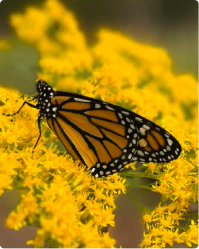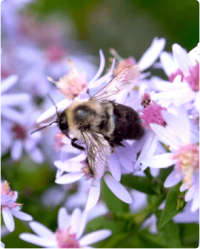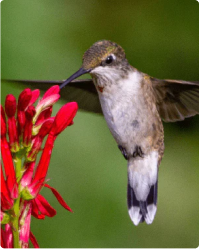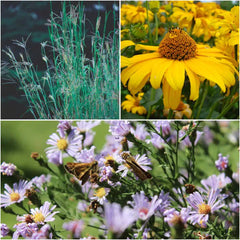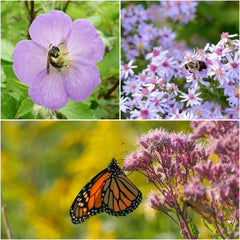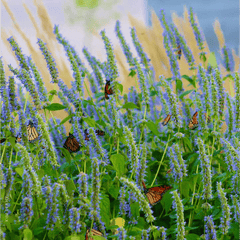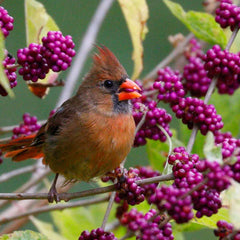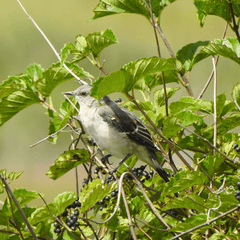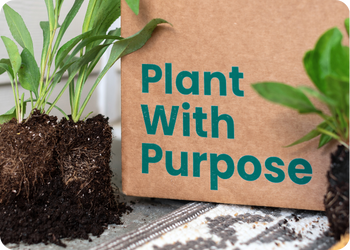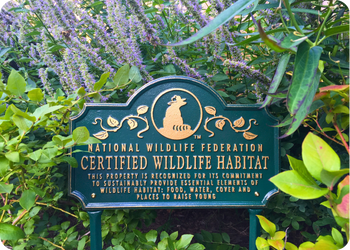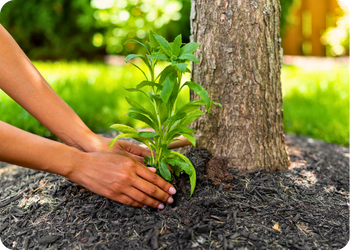- Shop All
- Plant Finder Quiz
- Collections
-
Regions
- Connecticut
- Maine
- Massachusetts
- New Hampshire
- New Jersey
- New York
- Pennsylvania
- Rhode Island
- Vermont
Northeast
- Alabama
- Arkansas
- Delaware
- District of Columbia
- Florida
- Georgia
- Kentucky
- Louisiana
- Maryland
- Mississippi
- North Carolina
- South Carolina
- Tennessee
- Virginia
- West Virginia
Southeast

View Map
- Habitats
- Wildlife
- Our Mission
- On Sale
- New
Plant with Purpose
The way we plant shapes the world around us
Making a Difference, Yard by Yard
At Garden for Wildlife®, we believe native plants hold the key to a vibrant future for both wildlife and ourselves. We began this journey in 1973, when the National Wildlife Federation's Garden for Wildlife™ program ignited a nationwide movement. Since then, millions of Americans have joined forces, creating over 300,000 Certified Wildlife Habitats® and providing critical food, water, cover, and places to raise young for countless species.

Milkweed for Monarchs
Since 2021, we've sold 30,000+ native milkweed plants to support monarchs. Milkweed is a critical host plant that supports monarch butterflies throughout their lifecycle. While most butterfly species can feed on a variety of host plants, monarch caterpillars can only survive on a diet of milkweed.
Orange Butterfly Milkweed Plant Sets
- Regular Price
- from $38.00
- Sale Price
- from $38.00
- Regular Price
-
- Unit Price
- /per
Swamp Milkweed Plant Sets
- Regular Price
- from $38.00
- Sale Price
- from $38.00
- Regular Price
-
- Unit Price
- /per
Whorled Milkweed Plant Sets
- Regular Price
- from $38.00
- Sale Price
- from $38.00
- Regular Price
-
- Unit Price
- /per

Native to Your Ecoregion
Through extensive research and partnerships, we've curated native plant collections specifically tailored to your region. These collections are designed to attract and support butterflies, moths, native bees, and the birds that depend on them throughout three seasons (spring, summer, and fall).
We've collaborated with naturalists and ecologists at the National Wildlife Federation and esteemed scientists like Dr. Doug Tallamy, whose research identified "keystone" plants, to curate our native plant collections. Our extensive, multi-step scientific process determines which plants are native to your region.
The Right Plant for the Right Place
Native to North America doesn't mean native to your ecoregion. We're making it easy to find the right plants and taking the guesswork out of planting native. Our innovative zip code verification system ensures you only receive plants native to your region. This guarantees you're providing the ideal food sources and habitat for the wildlife you want to attract.
Our popular Plant Finder tool can also help you find the right plants just by answering a few simple questions.


Pollinator-Safe, Sustainably Grown
Most big box stores and gardening centers carry little-to-no native plants. We work with a network of accredited growers to deliver native plants free from neonicotinoids and other harmful chemicals directly to your door. Each of our growers is carefully vetted to ensure you receive the highest-quality plants that are ethically and sustainably-grown, and native to your ecoregion.
Branching Out: Celebrating Four Years of Growth
Pollinator-Safe Native Plants, Guaranteed
We take pride in the quality of our native plants and we work hard to provide our customers with beautiful, healthy native plants free of systemic chemicals (like neonicotinoids). We safely and securely package our plants for shipping and give them extra water and TLC before they leave the greenhouse but sometimes things happen beyond our control. That's why we offer a Plant Guarantee to ensure your satisfaction and increase the success rate of new customers planting native species.
Find out what's blooming.
Sign up for updates on new releases, sales, plant care tips, and more.
